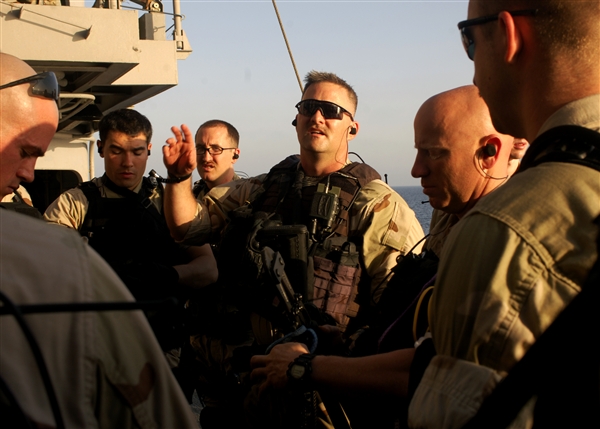WASHINGTON, Feb. 3, 2011 — As the start of the drawdown of U.S. troops from Afghanistan approaches, Army Gen. David H. Petraeus, the senior commander of U.S. and coalition forces there, said the transition of forces could take a number of forms.
“Progressively over time, obviously, we do want to reduce our numbers in specific locations based on conditions, and then either reinvest that transition gain or dividend in a contiguous area or in the training mission or ultimately begin to send some of them home,” Petraeus said in a PBS “Newshour” interview from the Afghan capital of Kabul that aired yesterday.
President Barack Obama has directed that U.S. troops begin transitioning out of Afghanistan in July.
Afghan President Hamid Karzai will receive a recommendation around the end of February for the first areas that can transition to Afghan responsibility for security, Petraeus said. “We believe that there are some very viable candidates for transition that we will be able to identify,” he said, but he cautioned that a sudden exodus of U.S. troops will not happen.
“Clearly, a lot of this hinges on the ability of Afghan forces to do more as we do progressively less,” the commander said. “We’re not just going to say: ‘Tag, you’re it; we’re out of here.’ We’re going [to] thin out, not just hand off. We’ll stay, we’ll support.”
Afghan army and police forces have significantly grown in number over the past year, the general said. “But it is because the recruiting has been so high,” he added, acknowledging that attrition is still above what military officials and Afghan government ministries would like to see.
Petraeus said all the “inputs” for success in Afghanistan -– 70,000 new Afghan army and police recruits, 30,000 additional U.S. forces and 10,000 more coalition forces, and the stand-up of organizations needed to conduct a comprehensive civil-military campaign –- just came together in the fall.
“And even as we were getting the inputs right, [we] of course used them to achieve outputs in the form of taking away important safe havens from the Taliban — the areas around Kabul, on the doorstep of Kandahar and central Helmand province and so forth,” he said.
Petraeus said his forces now are working to solidify and expand their hold on those areas before the spring fighting season begins.
“We’re working right now on connecting the Kandahar security bubble and the Helmand security bubble,” he said.
Pakistan has aided the regional security effort against the Taliban within regions of its own country and along the border with Afghanistan, the general said.
“There’s a good, cooperative effort with Pakistan in terms of coordinating activities on either side of the Durand Line — the border between the two countries,” he said.
Pakistan also has conducted “quite impressive” operations over the past two years, first in the Swat Valley and then in the federally administered tribal areas, he said.
“[Pakistanis are] the first to note that there is more work that needs to be done,” Petraeus added, “not only against those that threaten them, but also against groups that threaten their neighbors and, indeed, threaten the rest of the world.”
Petraeus also addressed the coalition’s efforts to counter corruption.
“We’re working very closely with our civilian partners from the U.S. Embassy, from [the U.S. Agency for International Development] and, indeed, more broadly speaking, the international community to address those issues,” he said.
Petraeus said he has issued specific guidance to keep contracting dollars out of channels where they can fund insurgency.
“If the counterinsurgency guidance says that money is ammunition — and it does — the contracting guidance should say, ‘If money is ammunition, we need to put it in the right hands and make sure it doesn’t go into the wrong hands,’ ” he said.
Source:
U.S. Department of Defense
Office of the Assistant Secretary of Defense (Public Affairs)

 von
von 